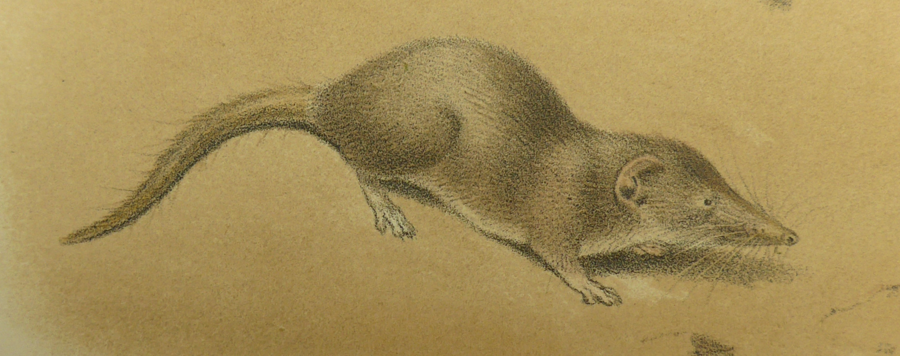
Rediscovery of the type series of the Sacred Shrew, Sorex religiosus I. Geoffroy Saint-Hilaire, 1826
In 1826, Isidore Geoffroy Saint-Hilaire described the Sacred Shrew, Sorex religiosus [= Crocidura religiosa] from a series of 22 embalmed individuals that comprised a portion of the Italian archeologist Joseph Passalacqua’s collection of Egyptian antiquities from an ancient necropolis near Thebes, central Egypt. Living members of the species were not discovered until the beginning of the 20th century and are currently restricted to the Nile Delta region, well north of the type locality. In 1968, the type series of S. religiosus was reported lost, and in 1978, a neotype was designated from among a small collection of modern specimens in the Natural History Museum, London. Our investigations have revealed, however, that the type series is still extant. Most of the specimens used by I. Geoffroy Saint-Hilaire to describe S. religiosus still form part of the Passalacqua Collection in the Ägyptisches Museum, Berlin, Germany. We summarize the taxonomic history of S. religiosus, review the history of the Passalacqua collection, and explain why the type series was thought to have been lost. We designate an appropriate lectotype from among the original syntypes of S. religiosus in the Ägyptisches Museum. Our examination of the shrew mummies in the Passalacqua collection also yielded a species previously unrecorded from either ancient or modern Egypt: Crocidura pasha Dollman, 1915. Its presence increases the number of soricid species embalmed in ancient Egypt to seven and provides additional evidence for a more diverse Egyptian shrew fauna in the archeological past. Finally, we provide details that will assist in better understanding the variety of mummification procedures used to preserve animals in ancient Egypt.






